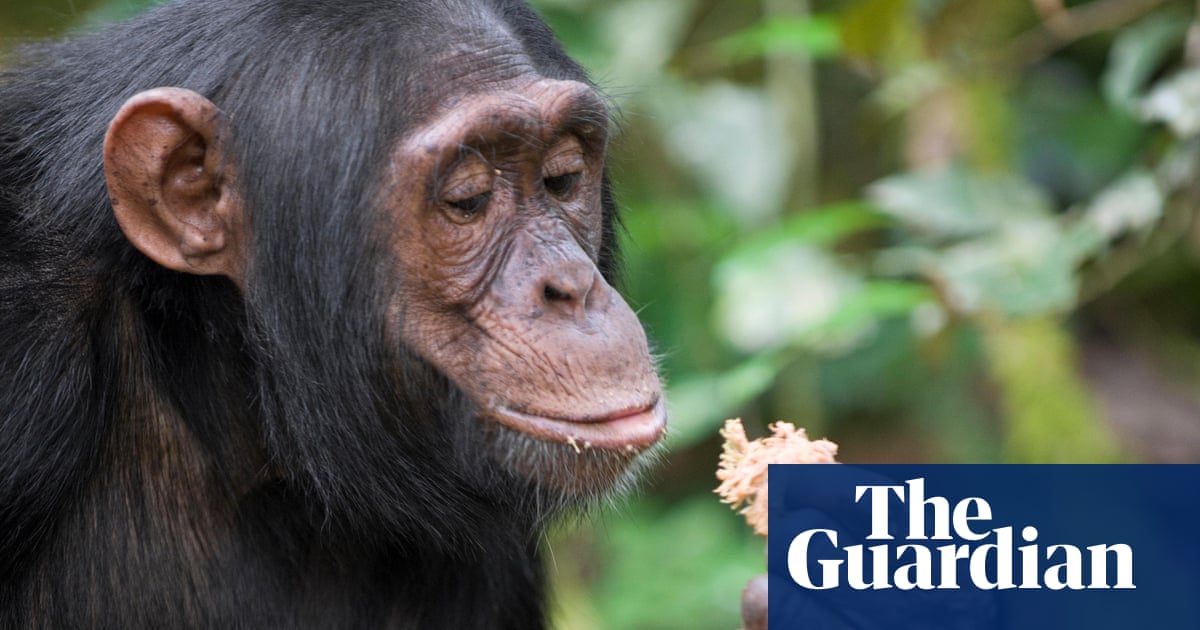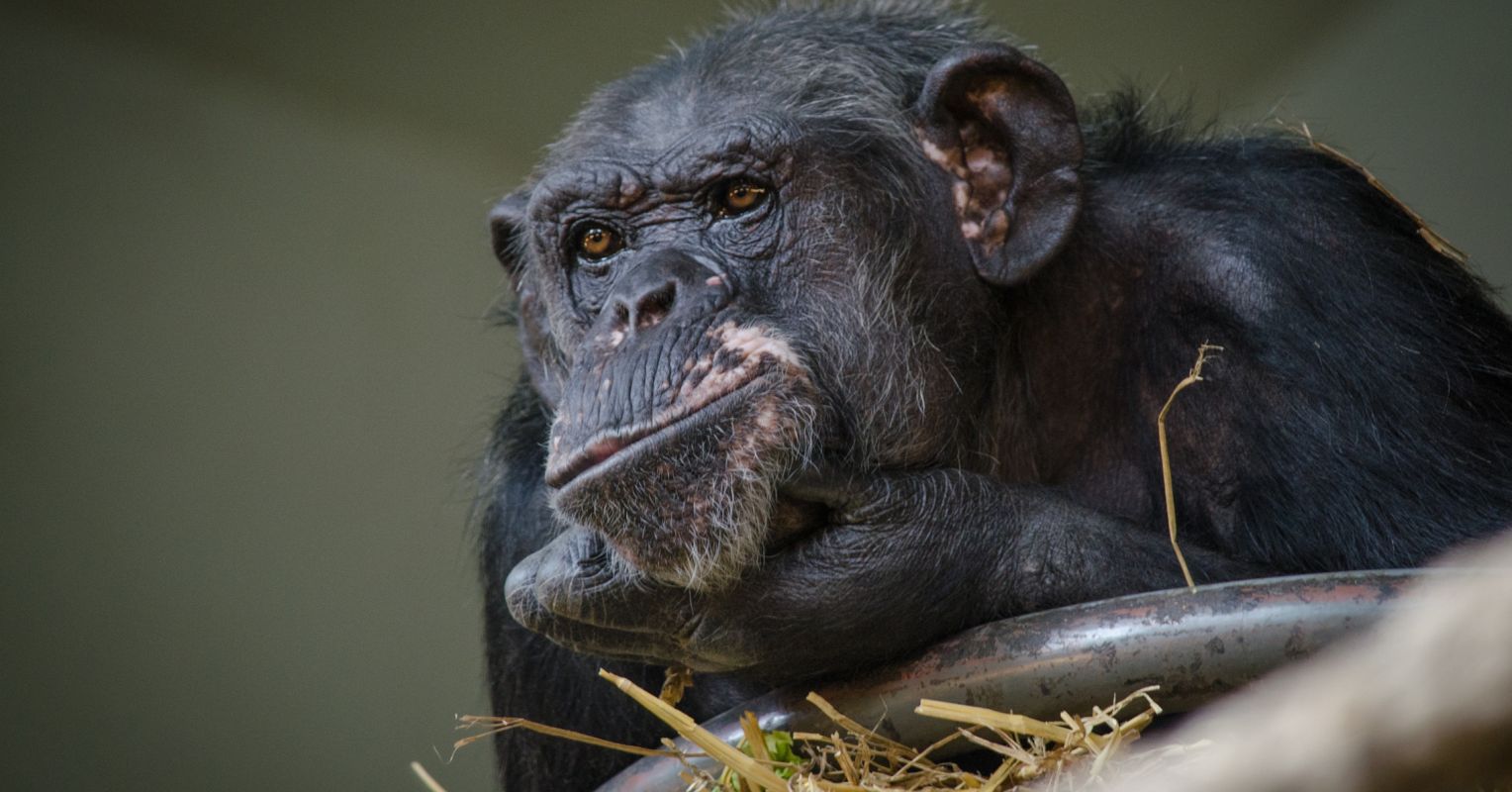#evolutionary-biology
#evolutionary-biology
[ follow ]
Science
fromwww.independent.co.uk
3 months agoDangerous and energetic sex lives could be why males die earlier than females
Female mammals generally live longer than males, likely because male mating competition and risky reproductive traits shorten male lifespans, with birds showing different patterns.
Science
fromwww.scientificamerican.com
4 months ago500 Million Years of Evolution Reveal Stunning Diversity in Sex, Gender and Mating
Sexual diversity across animals challenges binary male/female definitions and includes alternative reproductive strategies and social behaviors that are evolutionary adaptations worth serious study.
fromwww.theguardian.com
5 months agoThe Origin of Language by Madeleine Beekman review the suprising history of speech
Language likely evolved as a crucial tool to facilitate the care of vulnerable infants, requiring cooperative parenting and communication among groups in early human societies.
Philosophy
[ Load more ]

